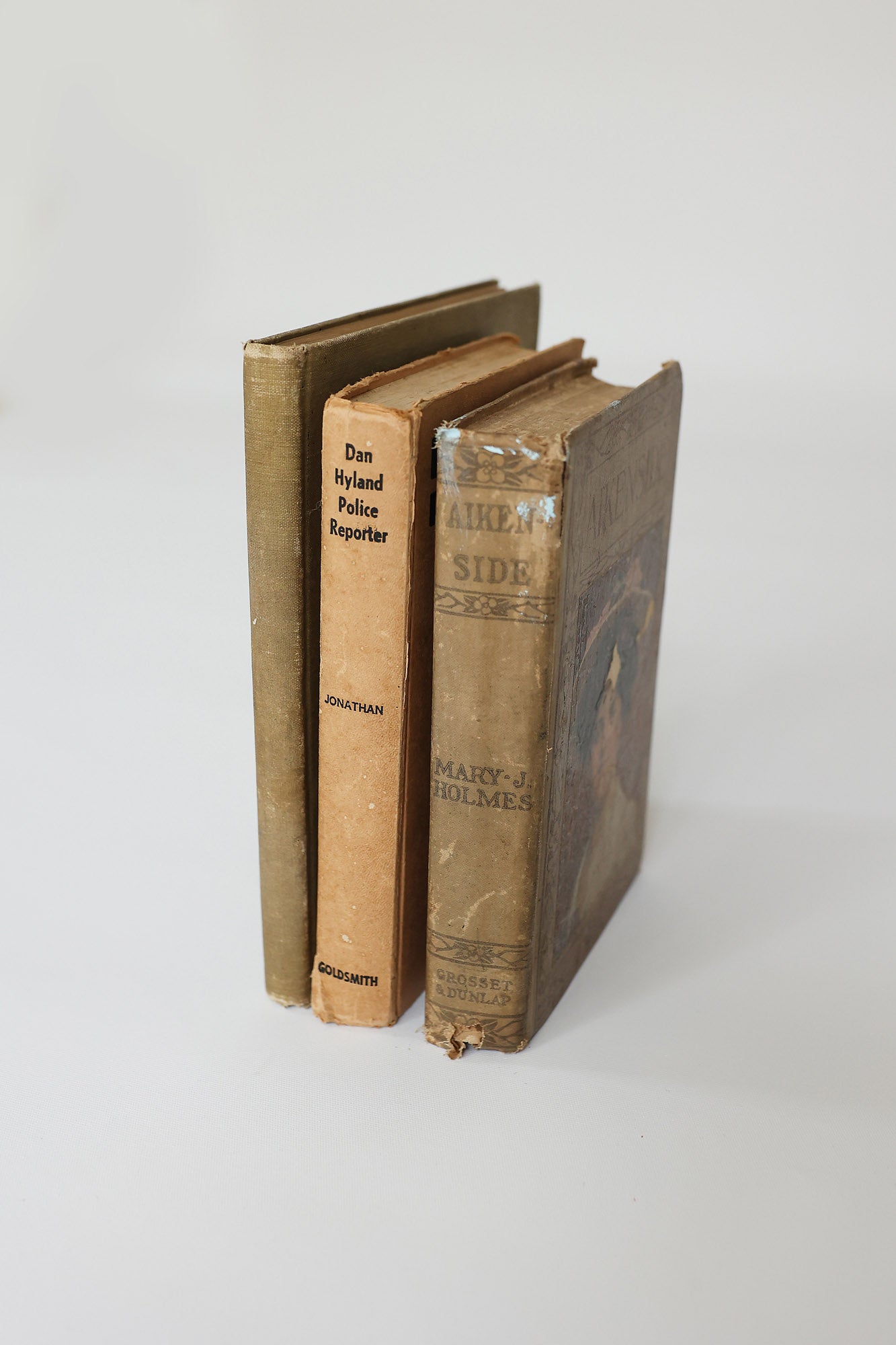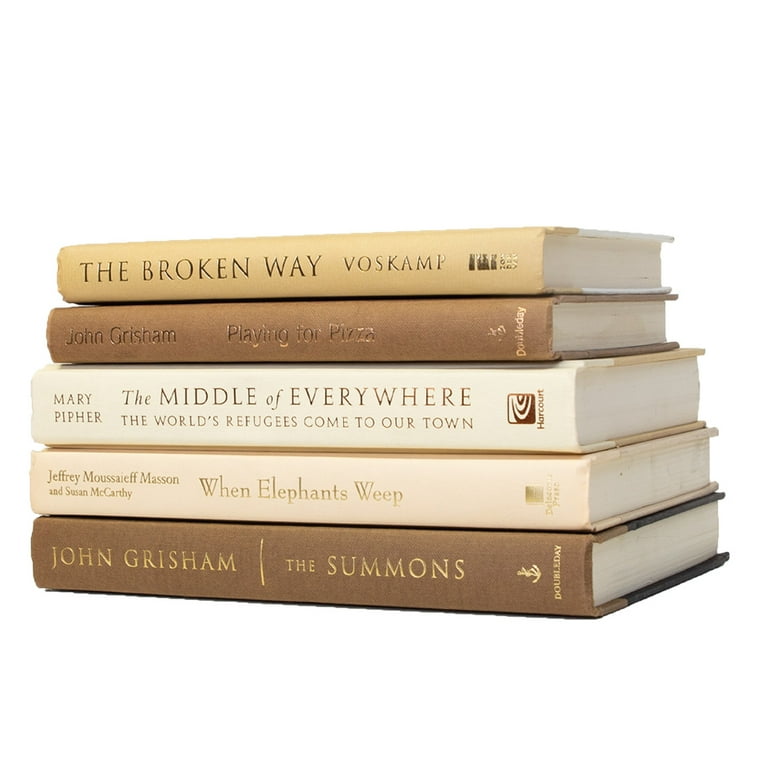Limited Edition Hardcover Books Every Reader Should Have
Limited Edition Hardcover Books Every Reader Should Have
Blog Article
A Comprehensive Overview to the Refine of Hardcover Books Printing
When you start the trip of hardcover publication printing, understanding the whole process is vital. As you navigate with binding and high quality control, you'll locate that every choice influences the book's general appeal.
Recognizing the Hardcover Book Framework
When you discover the globe of hardbound books, you'll quickly observe that their structure is distinct and willful. The outer covering, commonly constructed from sturdy cardboard, offers longevity and defense. You'll locate a fabric or natural leather covering, which not only boosts aesthetics yet likewise includes to the book's longevity. Inside, the endpapers attach the cover to the message block, ensuring a seamless interchange.
The message block itself contains several signatures, or folded sheets, sewn together for strength. You'll see that the back is strengthened, permitting a smooth lay-flat analysis experience - hardcover books. Furthermore, guide's weight frequently shares a feeling of high quality and durability
Hardcover publications normally include a dirt coat, which offers as an advertising and marketing tool while securing the cover. Recognizing these aspects helps you value the workmanship behind hardbound books and their distinct allure in the literary world.
Manuscript Preparation and Modifying
Obtaining your manuscript ready for printing is vital, and it begins with appropriate formatting guidelines. You'll need to understand the modifying process to refine your work and guarantee it resonates with readers. Plus, mastering checking strategies can help you capture those bothersome errors prior to your publication mosts likely to print.

Manuscript Formatting Guidelines
Proper manuscript format is important for developing a professional-looking hardcover book. Beginning by choosing a basic font style like Times New Roman or Arial in 12-point size. Use double-spacing throughout the record to enhance readability. Establish your margins to 1 inch on all sides, giving your text space to take a breath. Number your web pages in the leading right corner, and include your chapter titles at the beginning of each new area. Usage clear headings to indicate sections, and stay clear of extreme format like vibrant or italics unless necessary. See to it to proofread your manuscript for uniformity in design, ensuring that whatever from punctuation to spacing sticks to your picked standards. Adhering to these steps will establish a strong foundation for your publication.
Editing Process Essentials
Modifying your manuscript is an important step that can transform it from an outline right into a polished last item. Start by checking out your work critically, focusing on clearness, structure, and flow. Look for inconsistencies in your narrative, personality growth, or argumentation. It's valuable to take breaks in between rounds of modifying to obtain fresh perspectives. Don't hesitate to cut unnecessary content or rephrase uncomfortable sentences; this will enhance readability. Think about looking for responses from trusted peers or expert editors who can provide important insights. Keep in mind, editing isn't almost repairing errors; it's regarding fine-tuning your voice and ensuring your message resonates with readers. Embrace the process, and you'll see your manuscript sparkle.
Proofreading Techniques Introduction
As soon as you have actually brightened your manuscript through editing, the following step is to assure it's complimentary of mistakes that could distract readers. Review your manuscript out loud-- this helps you hear uncomfortable wording and place typos. Consider printing your manuscript; reading on paper can expose errors that screens miss out on.
Creating guide Cover and Inside
When you're designing your book cover and interior, you'll intend to concentrate on crucial design elements that capture your target market's attention. Picking the appropriate typography designs and meticulously picking shades and imagery can make all the difference in conveying your publication's theme. Allow's discover exactly how these options can raise your work and attract readers.
Important Design Elements
Creating a captivating publication cover and a well-designed inside is crucial for bring in visitors and enhancing their experience. Start with the cover; it's your impression. Choose shades and photos that show your book's motif and mood. Make sure your title stands apart and is legible, also in thumbnail size.
A tidy, organized style assists readers navigate easily. Keep in mind, a cohesive style throughout your publication fosters a specialist look that can substantially influence a reader's choice to choose it up.
Selecting Typography Styles
Typography plays an essential duty in both the publication cover and indoor layout, forming exactly how viewers regard your web content. When selecting typography styles, consider your publication's genre and target audience. discover this info here A timeless serif typeface might work well for literary fiction, while a contemporary sans-serif may fit a modern book. Warranty readability; your message should be very easy on the eyes, specifically for longer flows. Pay attention to font size and line spacing, as these elements impact overall flow. Blending typefaces can add passion, yet restrict it to 2 or three to maintain coherence. Lastly, consider power structure-- utilize different designs for headings and body text to assist viewers easily via your work. Your typography selections will greatly influence the visitor's experience.
Shade and Imagery Choice
Choosing the appropriate colors and images is vital for catching readers' focus and conveying your publication's styles. Beginning by considering your style; lively shades might function for a children's publication, while muted tones fit a mystery book. hardcover books. Use images that resonates with your web content-- photos, images, or abstract designs can improve your message
Consider the emotions you desire to evoke. Cozy colors can develop enjoyment, while cool shades typically communicate peace. When designing the cover, ensure the images doesn't bewilder the title and writer's name; clearness is essential. click for source Inside, make use of constant color pattern that complement your typography. This cohesive strategy not just elevates your book's visual yet likewise enhances the reader's experience, making it a lot more unforgettable.
Choosing the Right Paper and Materials
When picking paper and materials for your hardbound book, it's vital to consider exactly how they'll impact the general look of your job. Beginning by selecting the right paper weight; heavier supply commonly shares top quality and resilience, while lighter paper can develop a much more delicate touch. Take into consideration the surface as well; glossy paper boosts shades and pictures, while matte can give an advanced, downplayed look.
Don't ignore the cover materials. Fabric, leather, or printed paper can establish the tone for your book. Decide for acid-free paper to protect against yellowing over time if your project consists of pictures. Furthermore, assume regarding the binding materials; using top quality adhesive guarantees your publication lasts.
Inevitably, the options you make here mirror your vision, so make the effort to sample various materials (hardcover books). Your options will certainly help develop a book that's not just visually enticing however useful and likewise durable
The Printing Refine: Techniques and Technologies
A selection of printing techniques and modern technologies can bring your hardcover publication to life, each offering special benefits. Digital printing is a prominent choice for brief runs, permitting fast turnaround and cost-efficient services. It's perfect when you require to print smaller sized quantities without giving up quality. On the various other hand, balanced out printing master producing huge volumes, providing top quality and regular results. This technique is ideal for considerable publications where shade accuracy and fine information issue.
For special results, you may take into consideration methods like aluminum foil stamping or embossing, which can include a lavish touch to your cover. Furthermore, you can select important link various inks, consisting of eco-friendly alternatives that satisfy ecologically mindful visitors. Comprehending these methods assists you make notified choices, ensuring your hardcover book not only looks terrific however likewise satisfies your production needs efficiently. Select the ideal strategy to boost your publication's allure and impact.
Binding Methods for Hardcover Books
Several binding methods can change your hardcover publication right into a durable and appealing product. An additional approach is the ideal binding, which uses glue to hold the web pages with each other, enabling for a sleek back but much less longevity compared to situation binding.
You may also consider spiral binding, which enables your book to lay flat, making it ideal for manuals or workbooks. Each binding technique has its advantages and fits different requirements, so believe regarding your publication's objective and target market when picking the best option for your project.
Quality Assurance and Final Touches
After selecting the right binding technique for your hardcover book, quality assurance ends up being necessary to validate your last product meets your expectations. Start by evaluating the printed pages for any errors or incongruities in color and design. You do not desire to miss out on any type of typos or misprints that might influence your visitors' experience.
Following, inspect the binding stability. Verify the pages are securely attached and that the spinal column is strong. A well-bound publication not only looks professional yet likewise feels long lasting in your hands.
Furthermore, pay attention to the cover. Search for any scuff marks or imbalances in the artwork. Make sure they're used constantly across all duplicates. if you have actually chosen for special coatings like embossing or aluminum foil marking.
Ultimately, conduct a thorough examination of the entire batch prior to relocating to distribution. This way, you can confirm that every book mirrors your high requirements.
Regularly Asked Concerns
For how long Does the Hardbound Publication Printing Refine Generally Take?

What Is the Minimum Order Quantity for Hardcover Books?
The minimum order quantity for hardbound publications normally starts around 100 copies, but it can differ based on the printer. You must examine with your picked printing solution for their certain demands and pricing.

Can I Publish Hardcover Books in Custom-made Sizes?
Yes, you can publish hardcover books in custom sizes. Numerous printing solutions offer adaptability with dimensions, enabling you to choose a layout that matches your task. Simply validate the specs prior to placing your order.
Are There Eco-Friendly Options for Hardcover Book Printing?
Yes, you can locate eco-friendly choices for hardcover book printing. Many companies use lasting inks and recycled products. Simply ask your printer about their eco-friendly methods to ensure your project straightens with your environmental values.
What Are the Prices Connected With Hardcover Publication Printing?
When considering hardcover publication printing expenses, you'll need to aspect in materials, layout, and printing approaches. Extra expenses like delivery and binding can additionally affect your total spending plan, so strategy appropriately for your task.
When you start the trip of hardcover publication printing, comprehending the entire process is vital.A range of printing techniques and modern technologies can bring your hardbound book to life, each offering unique benefits. Exactly how Long Does the Hardbound Book Printing Refine Generally Take?
The hardbound book printing procedure typically takes around 2 to 6 weeks.Yes, you can locate green choices for hardbound book printing.
Report this page